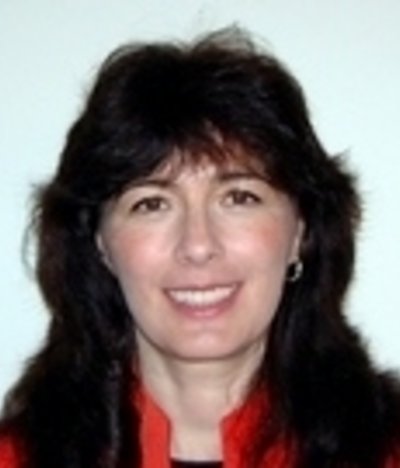Joanna Aizenberg
Department / Institute
Group

RESEARCH PROFILE
Joanna Aizenberg pursues a broad range of research interests that include biomineralization, biomimetics, self-assembly, crystal engineering, surface chemistry, nanofabrication, biomaterials, biomechanics and biooptics.
She received the B.S. degree in Chemistry in 1981, the M.S. degree in Physical Chemistry in 1984 from Moscow State University, and the Ph.D. degree in Structural Biology from the Weizmann Institute of Science in 1996. She then went to Harvard University where she did postdoctoral research with George Whitesides on micro/nanofabrication and near-field optics.
In 1998 Aizenberg joined Bell Labs as a member of the Technical Staff where she has made several pioneering contributions including developing new biomimetic approaches for the synthesis of ordered mineral films with highly controlled shapes and orientations, and discovering unique optical systems formed by organisms (microlenses and optical fibers) that outshine technological analogs, and characterized the associated organic molecules. In 2007 Aizenberg joined the Harvard School of Engineering and Applied Sciences.
Professor Aizenberg's research is aimed at understanding some of the basic principles of biomineralization and the economy with which biology solves complex problems in the design of functional inorganic materials. She then uses biological principles as guidance in developing new, bio-inspired synthetic routes and nanofabrication strategies that would lead to advanced materials and devices. Aizenberg is one of the pioneers of this rapidly developing field of biomimetic inorganic materials synthesis.
"In the course of evolution, Nature has developed strategies that endow biological processes with exquisite selectivity and specificity, and produce superior materials and structures," says Aizenberg. "This is wonderfully exemplified in the realm of inorganic materials formation by organisms, so-called 'biomineralization'. Learning from and mastering Nature's concepts not only satisfies humankind's insatiable curiosity for understanding the world around us, but also promises to drive a paradigm shift in modern materials science and technology."
Recent Publications
Ancillary Activities
No ancillary activities